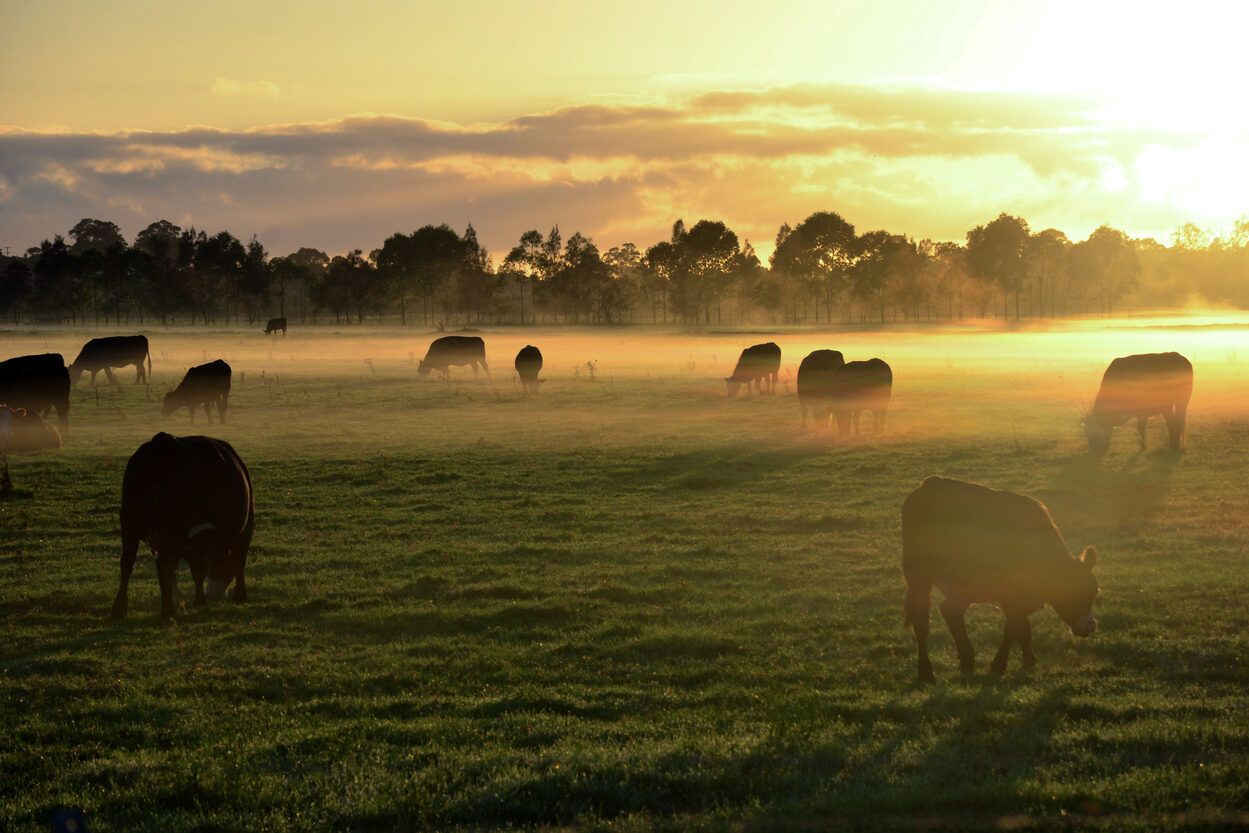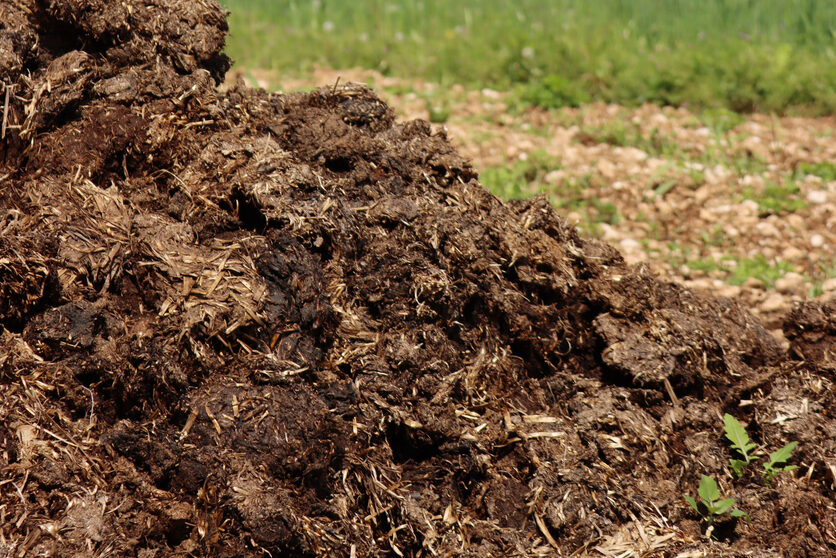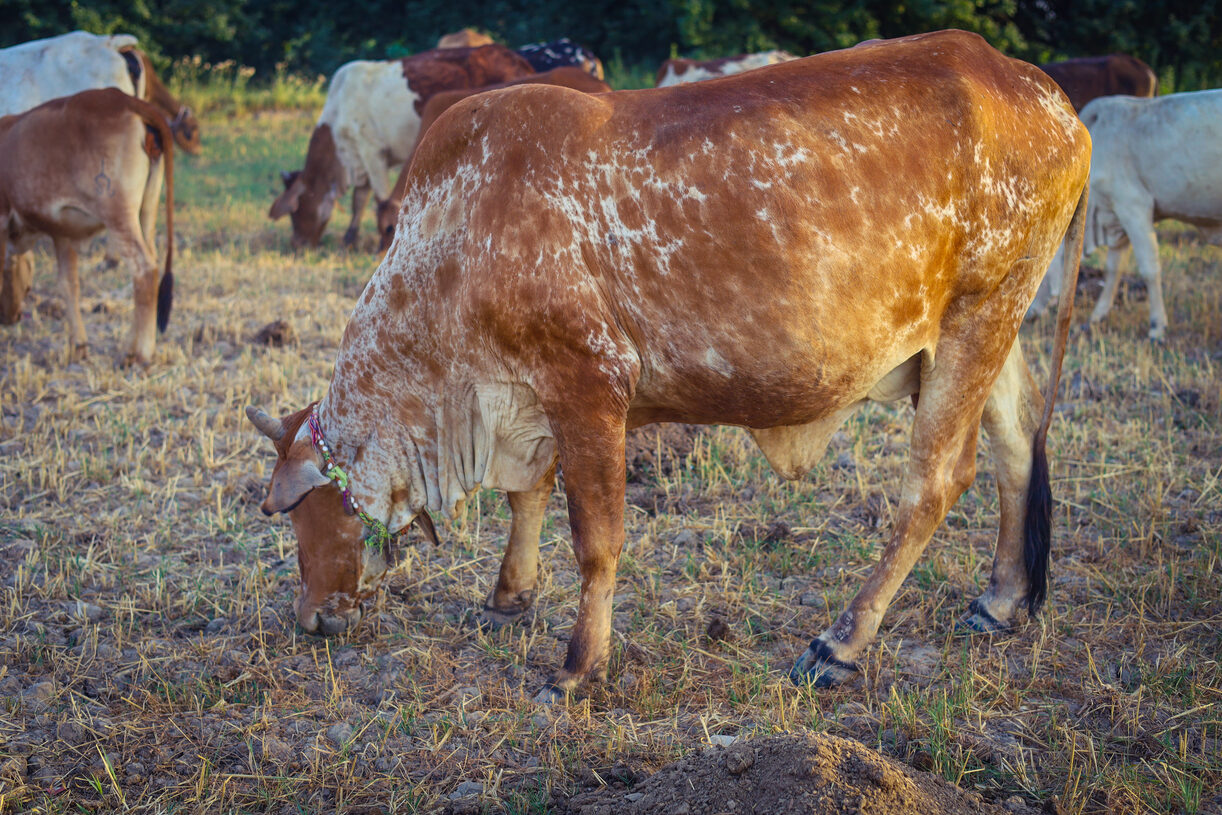
When you think of cows and climate change, you might picture herds of cattle and yes, a lot of farting. But scientists say we’ve been blaming the wrong end. It’s actually cow burps that are supercharging global warming, along with a few other surprisingly big environmental footprints tied to our four-legged friends. Curious how cattle are heating things up more than you thought? Let’s break it down in a way that’s simple, eye-opening, and a little bit wild.
1. Methane Burps: Tiny Bubbles, Huge Trouble

Cows are incredible methane producers and the main culprit is not their behinds but their burps. Through a natural digestive process called enteric fermentation, cows break down tough plants and grasses and release methane gas straight out of their mouths. Methane traps much more heat in the atmosphere than carbon dioxide, making it a fast-acting threat to climate stability. Multiply that by the more than one billion cows worldwide and you get a serious emissions problem. Scientists explain that reducing methane from livestock could have a nearly immediate cooling effect on the planet because methane doesn’t linger as long as carbon dioxide but it hits harder. In short, every cow burp is like adding another invisible blanket around Earth, trapping more heat than we ever realized.
Source: Horiba
2. Forests Flattened for Cattle Feed

Raising cattle is not just about letting them roam free. It requires growing massive amounts of feed like soy and corn and that means clearing forests to make space for farmland. In places like the Amazon rainforest, cattle ranching is a major driver of deforestation. Every tree cut down to make room for crops or grazing releases stored carbon dioxide into the atmosphere, weakening one of the planet’s best natural defenses against climate change. Deforestation also destroys biodiversity and throws delicate ecosystems into chaos. It’s a ripple effect that starts with the demand for beef and dairy but spreads across global weather patterns. So when you think about cow emissions, remember it’s not just the burps themselves but also the environmental cost of what it takes to raise and feed them.
Source: Science Feedback
3. Manure Emissions: A Stinky Source of Greenhouse Gases

When cows do their business, it does more than just smell bad. Manure releases methane and nitrous oxide, two powerful greenhouse gases. On modern farms, where manure often collects in large piles or lagoons, the lack of oxygen creates the perfect conditions for methane to form. Nitrous oxide, which comes from the breakdown of manure and urine, is even more potent than methane when it comes to trapping heat. Managing waste on such a massive scale is a huge challenge and many farms rely on open-air pits that make the emissions problem even worse. Scientists suggest that better manure management could slash agricultural emissions significantly but for now, every patty on the ground is quietly contributing to the planet’s fever. It’s another messy link in the surprising chain of cow-related climate impacts.
Source: UNSW.edu
4. Energy-Hungry Dairy and Meat Processing

Once a cow is raised, the environmental toll doesn’t stop. Processing meat and dairy products uses a massive amount of energy, from slaughterhouses to refrigerated shipping and storage. This energy often comes from fossil fuels, adding even more carbon dioxide into the atmosphere. Factories, trucks, cold storage units, and packaging lines all churn out emissions before a steak or a block of cheese even reaches your plate. The bigger the demand for beef and dairy, the more industrial infrastructure needs to operate around the clock. Experts emphasize that while methane gets a lot of attention, the entire system behind cattle farming is a major source of climate pollution too. Eating one burger or drinking one milkshake might seem small, but the energy footprint behind it stretches way beyond the farm.
Source: Greenpeace
5. Overgrazing and Soil Degradation

It’s easy to think of cows grazing on grassy fields as harmless but over time, overgrazing damages soil health and releases stored carbon into the atmosphere. Healthy soil acts as a natural carbon sink, locking carbon into the ground and helping fight climate change. But when too many cows trample the same land year after year, the soil becomes compacted, eroded, and unable to retain carbon. This damage not only reduces the land’s ability to store greenhouse gases but also makes it harder for grasses and plants to regrow, starting a vicious cycle. In many regions, overgrazing has turned lush landscapes into deserts, weakening ecosystems and releasing even more carbon dioxide. Protecting soil is just as important as protecting forests, and cows, without careful management can silently sabotage both.
Cow burps a bigger deal than we thought? Which fact surpirsed you the most? Drop a comment and let us know. And from all of us at DailyFetch, thanks for reading.


